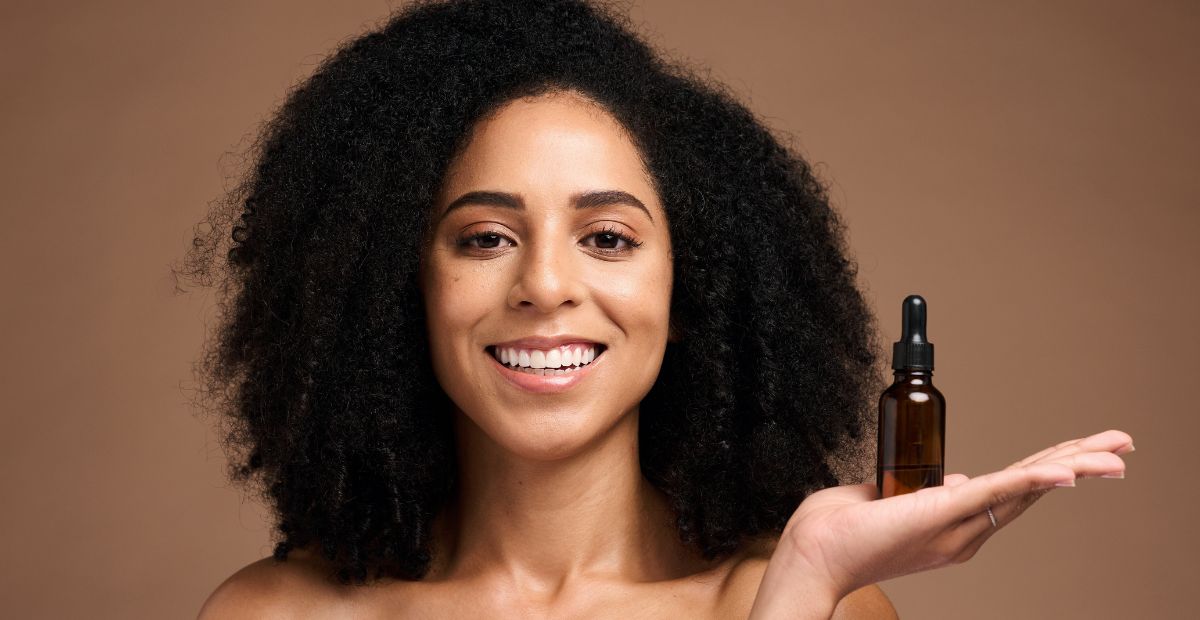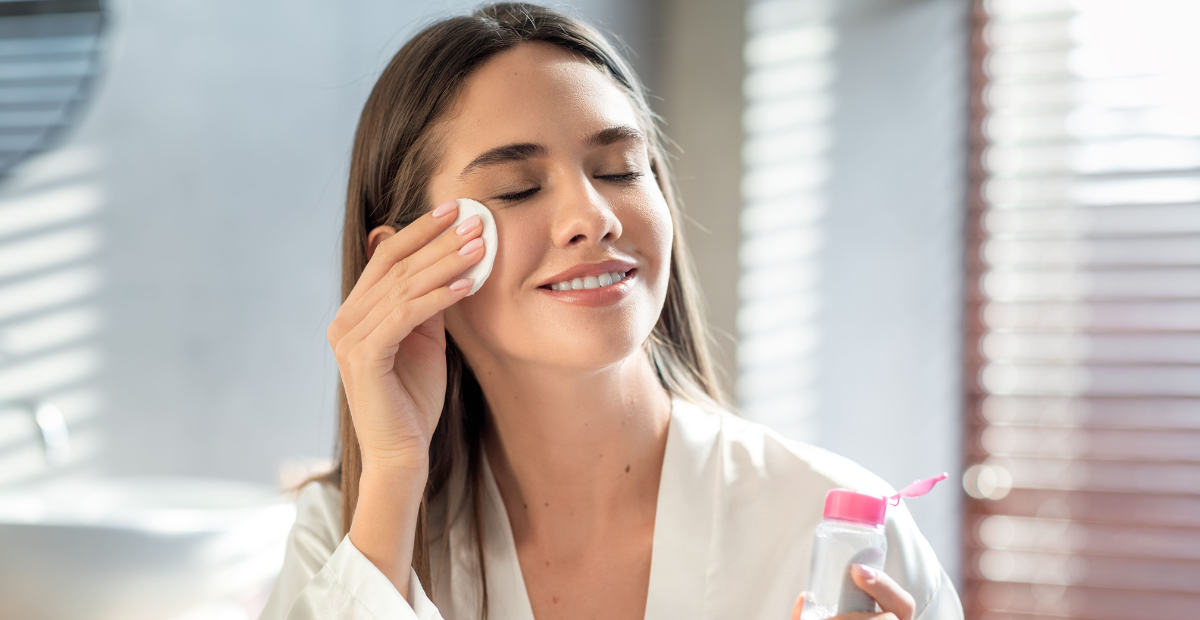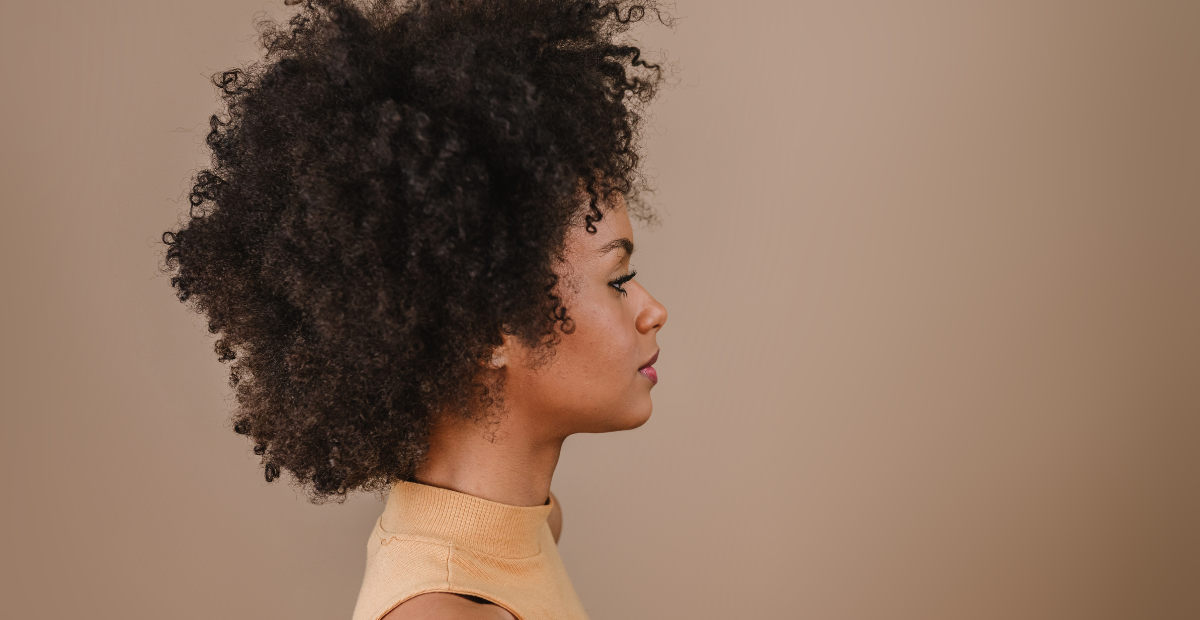The Lowdown on Blackheads in Ears: What They Are and How to Handle Them
Onskin Content Team
Your guides through the skincare chaos
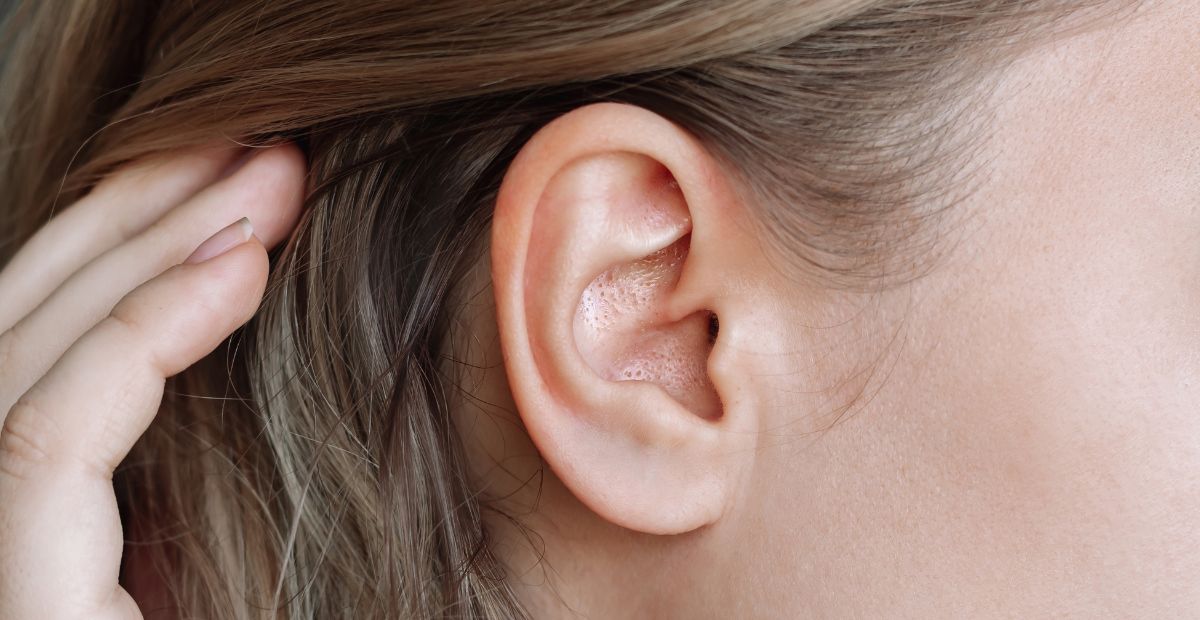
Ever noticed that tiny dark spot lurking in your ear and wondered, “Why even is that there?” You’re not alone. Blackheads in ears are more common than most people realize, and yes, they’re just as pesky as the ones on your nose. But don’t worry—handling them doesn’t have to be a headache. Let’s break it down.
What is a Blackhead?
Despite looking like a bit of dirt trapped in your skin, a blackhead isn’t grime. It’s a mix of dead skin cells and natural oils. Unlike whiteheads, the pore doesn’t close—it stays open, and when the trapped oil meets air, it turns dark. That’s why it looks black, not because it’s dirty. Dermatologists call these little culprits comedones.
In fact, blackheads can appear anywhere you have pores, whether it’s your nose, chin, chest, and… even your ears. The twist? The skin in your ear has tiny folds and creases, so blackheads in the ear can easily hide. This makes them harder to spot and trickier to reach when you want them gone.
What Causes Blackheads in Ears?
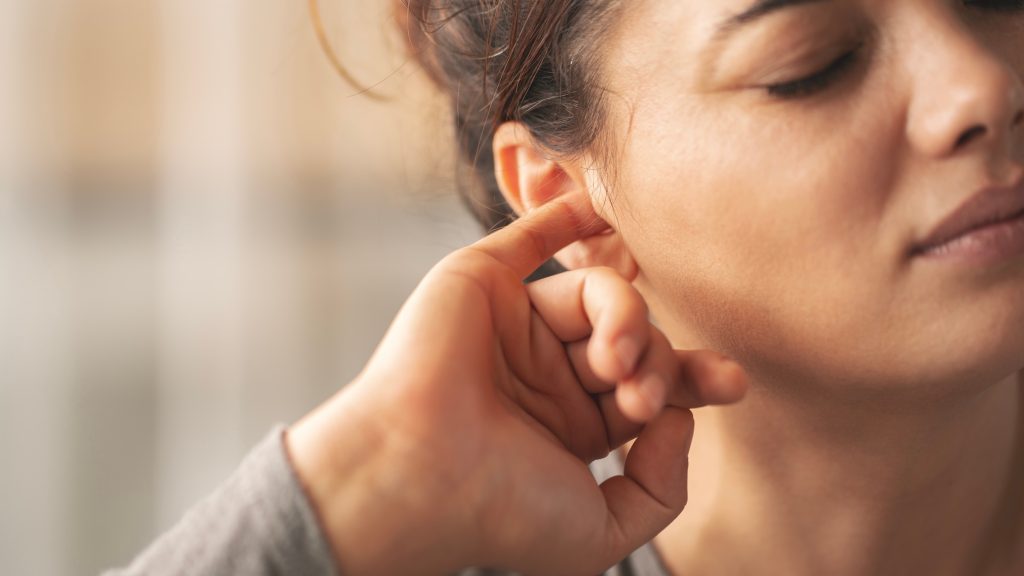
Blackheads in ears pop up for the same reasons they do anywhere else: pores get clogged. And if you’ve ever thought, “Why do I have blackheads in my ear?”, a few things are usually happening behind the scenes:
- Excess oil from the sebaceous glands
- Dead skin cells that don’t shed properly
- Bacteria that add to the irritation and inflammation
Some people are also more prone to them because of:
- Hormonal changes (like puberty or pregnancy) that trigger oil production
- Family history, which can make you more likely to have acne
- Medications such as corticosteroids or hormone-based drugs
- Age, since acne is most common in teens but can show up at any stage of life
The ears bring their own challenges, too. They’re easy to forget when washing, and leftover shampoo, conditioner, or hair products can stick to the skin. Since the skin here is delicate and harder to spot in the mirror, clogged pores often go unnoticed until blackheads show up.
Finally, some everyday things—like stress, diet, pollution, tight headgear, or even scrubbing too hard—won’t directly cause blackheads, but they can make them worse once they’re already there.
4 Steps on How to Get Rid of Ear Blackheads
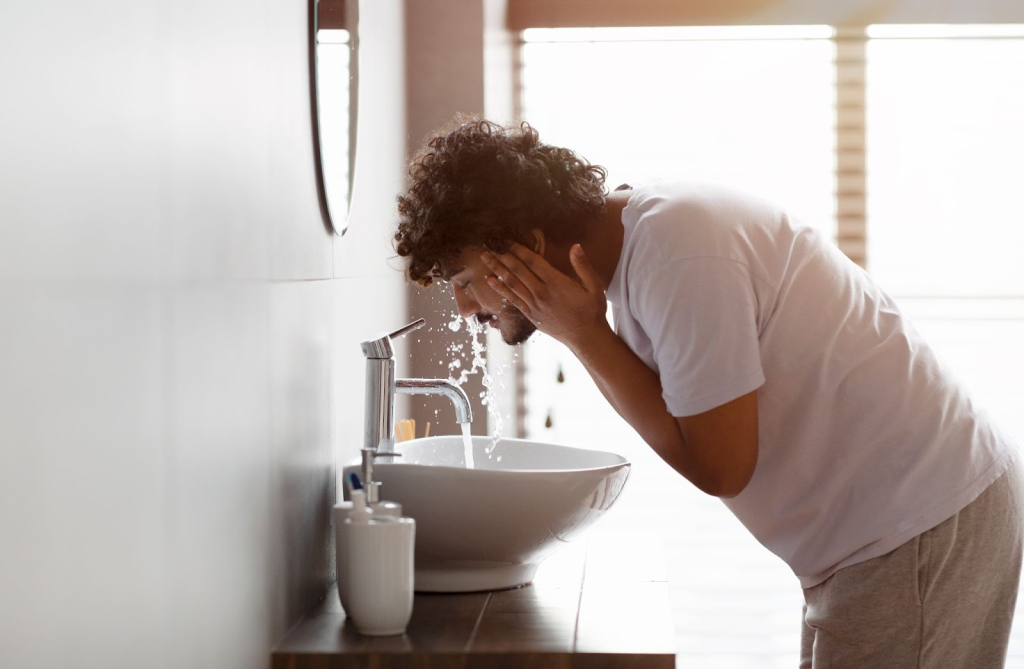
You can tackle these stubborn spots with the same care you give the rest of your skin. Here’s how to get blackheads out of ears safely:
1. Wash your ears. Daily cleansing is your first defense. Use your regular face cleanser or a mild soap with your fingers or a soft washcloth. Gently clean the outer ear without scrubbing too hard—irritation can worsen blackheads in ears.
2. Exfoliate gently. Exfoliation removes dead skin cells that clog pores. For the sensitive skin around your ears, aim for once a week. A soft washcloth or gentle chemical exfoliant can help.
3. Consider skincare products. Certain over-the-counter acne medications can help unclog pores and keep blackheads in ears under control. The American Academy of Dermatology (AAD) notes that salicylic acid, in particular, can be effective at cleaning pores. Just be sure to apply products carefully: avoid getting anything inside the ear canal and stick to non-comedogenic formulas.
Want to check which components in your skincare products are perfectly fit for your skin? The OnSkin app makes it easy to decode every ingredient, so you know exactly what you’re putting on your face—and your ears.
4. Ask for professional extraction. Sometimes a stubborn blackhead in your ear needs professional help. A registered dermatologist can use sterile tools to remove it safely. At-home extraction is risky and can lead to irritation or infection, so leave removing blackheads from ears to the pros.
What to Avoid to Prevent Blackheads in Ears
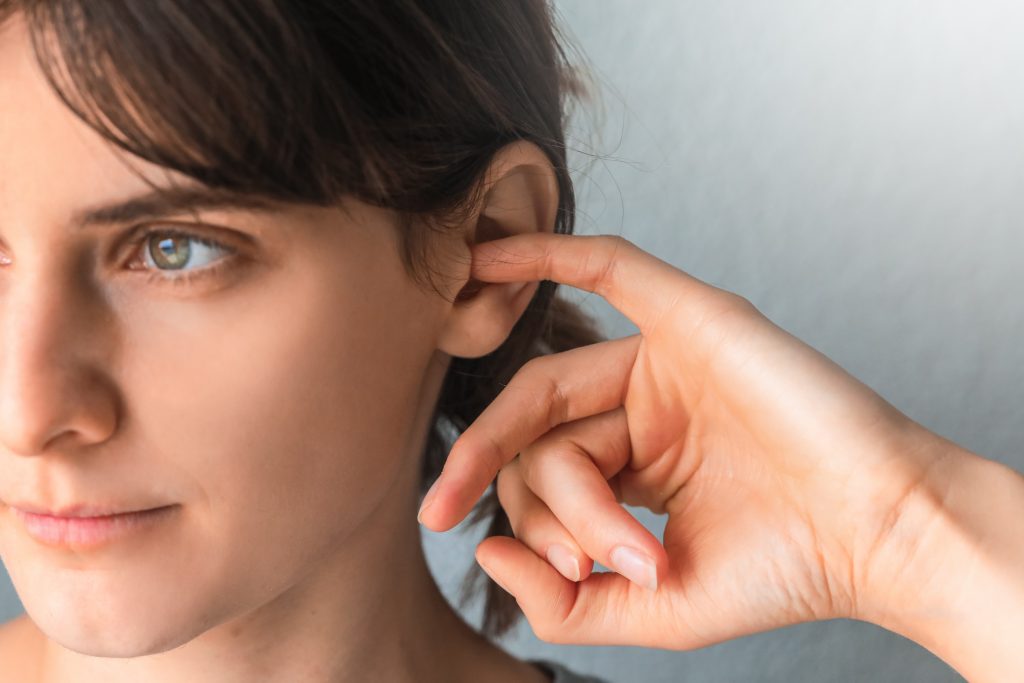
It’s tempting to dig at blackheads in ears, but resist the urge! Here’s what to steer clear of:
- Popping blackheads with your fingers or nails—this can lead to irritation, scarring, or even infection.
- Overusing acne products—too much salicylic acid can dry out and irritate sensitive ear skin.
- Using harsh exfoliants or scrubs inside the ear—doing so can damage the delicate skin and make blackheads worse.
- Ignoring buildup from hair products, sweat, or dirt—this can clog pores and trigger new blackheads to form.
By avoiding these common mistakes, you’re giving your ears a chance to stay clear without damage.
When to See a Dermatologist
If you’ve tried every gentle cleansing trick and still find yourself Googling “how to get blackheads out of ears,” it might be time to see a dermatologist. They can safely extract stubborn blackheads, recommend treatments that are gentle on sensitive ear skin, and help you prevent them from coming back.
It’s especially worth checking in with a pro if the blackheads in your ears keep returning or if the area feels sore or inflamed.
Wrapping It Up
Blackheads in ears may seem minor, but they can be annoying and tricky to reach. The good news? With gentle cleansing, careful exfoliation, and smart product choices, you can keep these tiny intruders at bay. And when in doubt, a dermatologist is your best ally.
FAQ
-
Where do I start with OnSkin?
Download the app and think of a product you’d like to know more about. Then, go to the main screen and choose how you’d like to get the info —by manually looking it up in the search bar, by scanning its barcode, or by simply taking a picture of the packaging. Once you’ve done any of these, you can see how safe the product is and if it suits your skin or hair (if this analysis is available).
-
What is Safety Rating, and how is it calculated?
In OnSkin, we base product rates on ingredients. Each is closely studied by our medical team and then evaluated. This way, each product gets a score from 0 to 100, with 100 as the safest level.
Safety Levels
- Excellent (76–100)
- Good (51–75)
- Not great (26–50)
- Bad (0–25)
These scores are backed by the latest scientific studies. You can find links to the resources we’ve used on each ingredient page. To assess the safety of product ingredients, we evaluate them according to the following parameters/criteria
- Endocrine disruption risk / Reproductive toxicity
Indicates the probability of mimicking, blocking, or interfering with the body hormones.
- Сarcinogenicity
Measures the potential risk of inducing cancer.
- Allergy risk
Estimates the probability of an allergic reaction.
- High concentration alert
Determines the risk of being unsafe in certain amounts.
-
What is Skin Match?
Based on the info you input about your skin type, age, skin care goal, and other “settings,” OnSkin checks how well a product is tailored to your unique skin needs — it’s basically like a dermatologist helping you find the right products, minus the fees and the long wait. The product you’re checking might be labeled as It’s a match!, Hit-or-miss, or Not a match for you. The app also detects ingredient groups such as Anti-acne, Anti-inflammatory, Moisturizes, May be drying, Comedogenic, and others — by tapping one, you see exactly what ingredients from this or that group are in the product.
-
I seem to have a problem with using the app. Who should I contact?
Please reach out to us at [email protected], and we’ll carefully look into your issue. Your ideas for improving the app are also very welcome!
-
Do you have an Android version?
Not yet! Hey Android users, we hear you, and we're thinking about making an Android version, but we haven't started the development yet.
Tracker Sent!
It’s on the way to your inbox.


